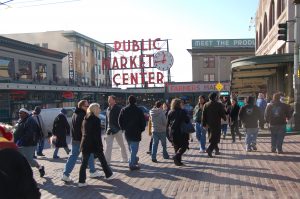The National Safety Council (NCS) released a report on motor vehicle fatality estimates for the first six months of 2016 that found traffic deaths on the rise across America, as well as in Washington State. From January to June of 2016 there were 19,100 total motor-vehicle deaths, a 9% increase from the same period in 2015 and an 18% increase from 2014. Washington had 253 motor-vehicle deaths in the first half of 2016, an 8% increase from the same period in 2015 and a 12% increase from 2014. One possible explanation for the increase in motor-vehicle deaths is the decrease in gas prices nationwide and the subsequent increase in cumulative miles driven; gas prices have averaged over 16% below 2015 levels through the first six months of the year. Another possible explanation for the increase in fatalities is the rise in distracted driving across America. While many laws have been implemented across the United States to combat distracted driving, many motorists are still texting and calling while driving. As a driver we highly recommend not using your cell phone while driving.
At Kraft Davies Olsson we represent those who have been involved in motor-vehicle accidents. In the event that you have suffered an injury in a motor-vehicle accident our lawyers are available to consult with you regarding your injuries. Please call us at (206) 624-8844, or contact us through this website.
Please find below more statistics from the NCS report:
 Seattle Injury Lawyer Blog
Seattle Injury Lawyer Blog


